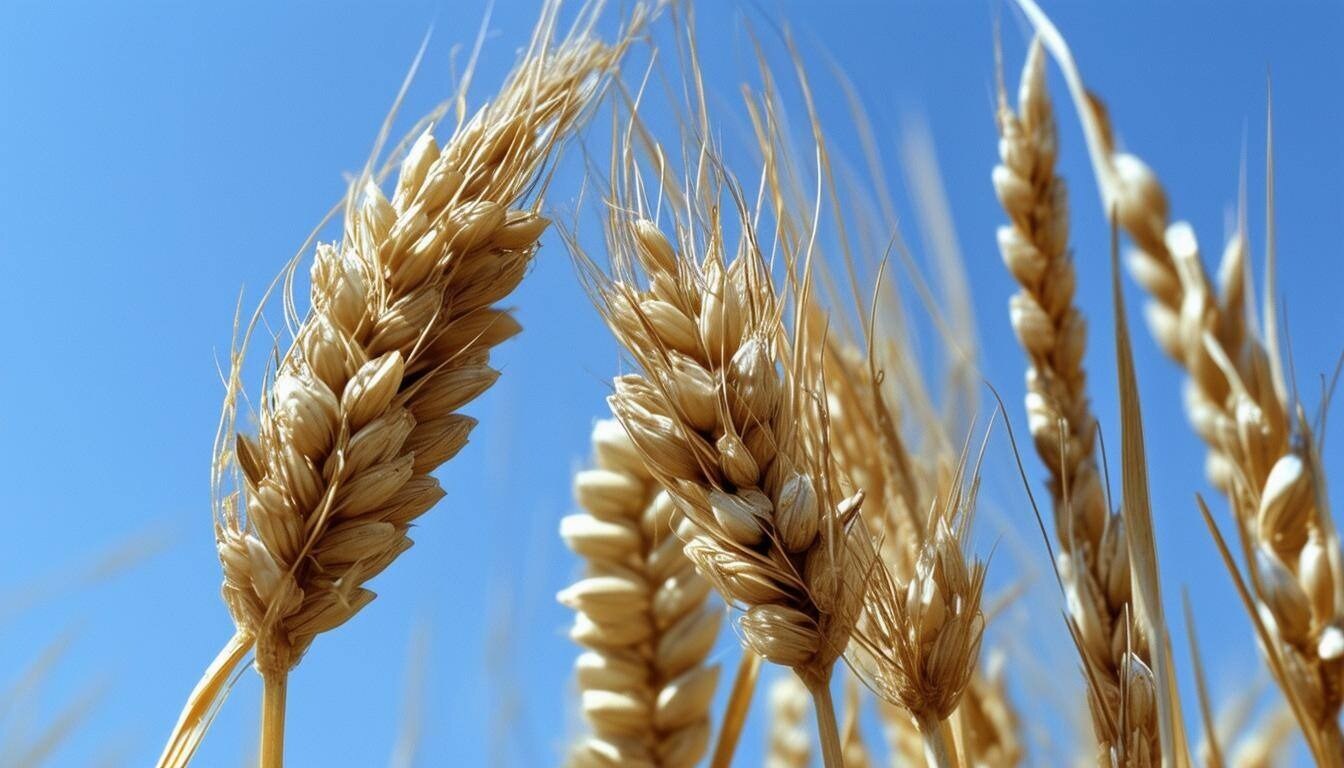Ergot alkaloids, toxic compounds produced by fungal pathogens such as Claviceps purpurea, pose a significant food safety risk when present in grains. Though infrequent, recent data highlights a concerning trend in ergot alkaloid contamination across various grain supplies, suggesting the potential for increased occurrences and implications for both human and animal health. This article examines the latest data on ergot alkaloid incidents, assesses the factors contributing to contamination, and explores potential mitigation strategies.
What is Ergot Alkaloids
Ergot alkaloids are naturally occurring toxins that affect the nervous and vascular systems of humans and animals. When ergot-contaminated grains enter the food chain, they can lead to serious health conditions, including ergotism, which is characterized by symptoms ranging from muscle pain to convulsions. Rye, barley, and other cereals are particularly susceptible to contamination, making ergot alkaloids a persistent issue for both food safety and regulatory bodies.
Recent Incidents and Geographic Trends
Recent monitoring data reveals an uptick in ergot alkaloid presence in grains, particularly in Europe, with affected regions including Belgium, France, Germany, and others. This rise in incidents, though modest, signals a need for proactive monitoring. Regions with cooler, damp climates may see higher contamination rates, as these conditions favor the growth of the Claviceps fungus. For grain producers, this trend suggests a renewed focus on surveillance and early detection to mitigate risks.
.png?width=1161&height=602&name=Reported%20Incidents%20of%20Ergot%20Alkaloid%20Contamination%20in%20Grain%20Products%20by%20Country%20(2010-2024).png)
This insight has been timely identified and is available to users through the SGS Digicomply Food Safety Intelligence Hub. Feel free to explore the Food Safety Intelligence Hub demo and try this tool in action.
Types of Contaminants in Grain Incidents
In addition to ergot alkaloids, other types of contaminants have been reported in grain-related incidents. Data shows that, aside from ergot alkaloids, persistent organic pollutants and microorganisms are also present in contamination reports. Although these cases are fewer compared to ergot alkaloid incidents, they represent additional risks to human and animal health.
-
Persistent Organic Pollutants (POPs) – These substances can remain in the environment for extended periods and, when present in grain, may have toxic effects. Their presence in food products raises concerns about long-term health implications.
-
Microorganisms – Microbial contamination in grain can occur due to improper storage or unfavorable transport conditions. Although incidents with microorganisms are rarer, they require close monitoring since even minor contamination can quickly spread within products intended for human and animal consumption.
Regulatory Landscape
Current regulatory standards for ergot alkaloids are inconsistent across countries, adding complexity to global grain trade and food safety compliance. The European Union does not have binding limits for ergot alkaloids in food products, though Germany and Switzerland have set proposed guideline limits. In contrast, North America has established maximum permissible levels for ergot bodies in grains, enforcing discard or mixing protocols to reduce contamination levels. The variability in limits underscores the challenge of establishing a universally accepted threshold, especially given the unpredictable nature of ergot alkaloid accumulation.
Potential Causes of Increasing Incidents
The rise in ergot alkaloid incidents may be attributed to several factors:
- Climate Change – Fluctuating weather patterns, especially increased humidity and cooler temperatures, create conditions favorable for fungal growth in certain regions.
- Changes in Agricultural Practices – Crop rotation, soil management, and the reduced use of certain fungicides might contribute to the proliferation of ergot spores.
- Supply Chain Complexity – The globalized grain trade increases the risk of contamination at various points along the supply chain, particularly when storage conditions vary or when grains from different regions are combined.
Risk Assessment and Forecasting
The trend of increasing incidents, as highlighted in the SGS Digicomply data, suggests a potential early warning for stakeholders in the grain industry. Predictive models could enhance understanding of contamination hotspots, while enhanced sampling could identify at-risk batches before they reach consumers. By anticipating high-risk periods or regions, regulatory bodies and producers can proactively implement safety measures to reduce exposure.
Mitigation Strategies for Producers
For producers, effective mitigation requires a multi-layered approach:
- Enhanced Surveillance – Regular and thorough testing of grains, particularly in high-risk regions, can help detect contamination early.
- Best Practices in Storage and Transport – Maintaining dry, cool storage conditions can inhibit fungal growth, while controlled transport conditions can reduce cross-contamination risks.
- Stakeholder Collaboration – Coordinating with regulatory bodies to share data on contamination trends and effective interventions can help build a comprehensive response to emerging ergot alkaloid threats.
Future Outlook
While ergot alkaloid contamination is currently manageable, the recent rise in incidents emphasizes the importance of vigilance and adaptability in food safety protocols. Ongoing research, advancements in detection technology, and collaborative efforts among stakeholders are essential to addressing these challenges. The goal remains to protect public health without compromising the supply chain, a delicate balance that requires both regulatory and industry commitment.
The presence of ergot alkaloids in grains continues to be a matter of concern, with recent incidents serving as an early warning for increased monitoring and regulation. A coordinated response—spanning improved risk assessment, regulatory alignment, and preventive practices in agriculture—will be key to managing this evolving risk. By staying ahead of these trends, the grain industry can safeguard both consumer health and market integrity.





.webp?width=1644&height=1254&name=Food%20Safety%20Dashboard%201%20(1).webp)
